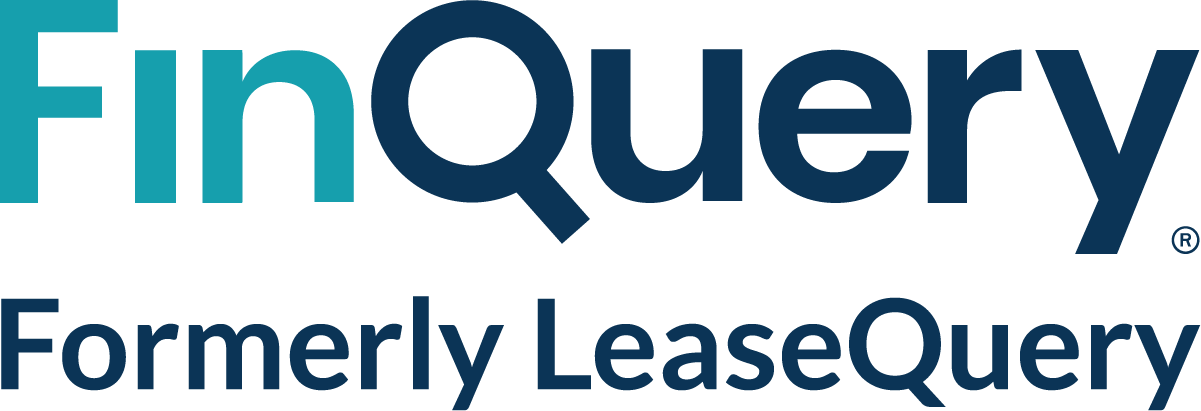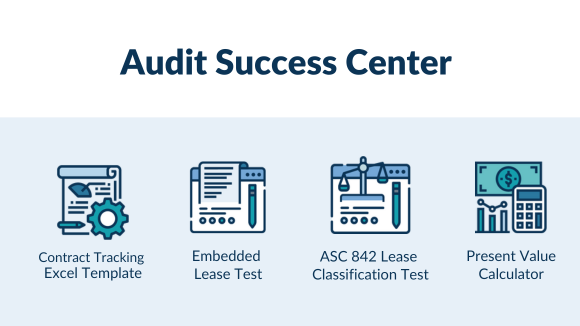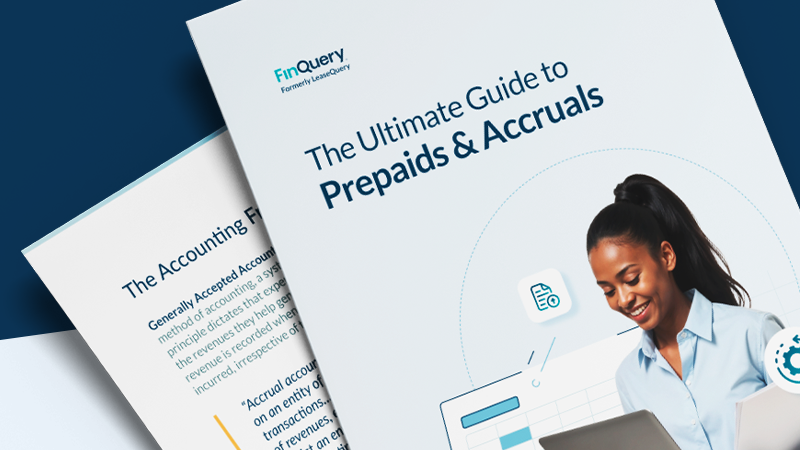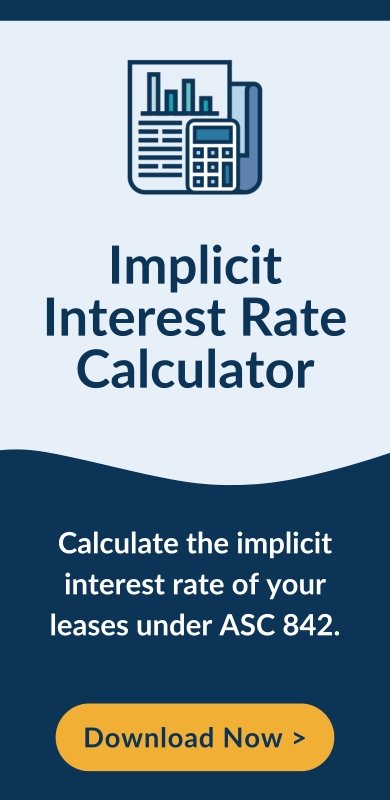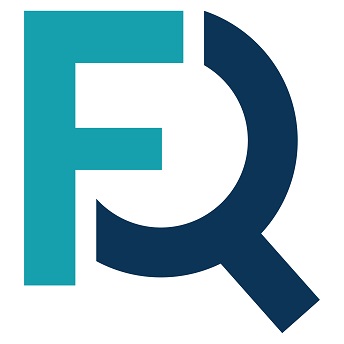One of the most common questions people have regarding ASC 842, IFRS 16, and GASB 87, the new lease accounting standards, relates to the appropriate discount rate to use in accounting for the arrangement. This specific issue was recently identified as one of the biggest areas of confusion for companies adopting ASC 842, Leases. As a result, FASB Chairman Russell G. Golden indicated that incremental borrowing rates would be one of the topics addressed during a FASB roundtable scheduled for spring 2020. The roundtable discussion will focus on feedback from public companies on the adoption of ASC 842.
There’s a lot of confusion about which rate to use, where to find the rates, and how to calculate them. Unfortunately, there’s no one-size-fits-all approach to this. The key is to take a methodical approach and document how you have arrived at the final numbers.
Discount rate: What is the correct rate to use?
The first thing you need to know is that the guidance indicates your discount rate should be the rate implicit in the lease. Therefore, if you know the rate, or if you can recalculate that rate, that’s what you use. If you’re thinking, “But I don’t know what that is! That’s why I clicked on this article,” then you’re not alone.
Read this blog to learn how to calculate the discount rate implicit in a lease under ASC 842.
Lessors will always use the rate implicit in the lease. Lessees should contact the lessor to request the rate implicit in the lease. However, most lessees are not able to obtain this rate, since it requires information from the lessor that he or she is often not willing to share (i.e. including lessor costs and profit assumptions).
What is the correct rate to use when you don’t know the rate implicit in the lease?
If you aren’t able to get the rate implicit in the lease from the lessor, the boards (FASB, IASB, and GASB) say you should use your incremental borrowing rate, or IBR.
Download our free implicit interest rate calculator:
What is the incremental borrowing rate?
ASC 842 and IFRS 16 are similar in the definition of incremental borrowing rate, as the rate you would be charged by a bank for obtaining a collateralized loan with the amount and terms being similar to your lease. That rate should be based on lease payments over a similar term in a similar economic environment.
For GASB 87 specifically, future lease payments should be discounted using the interest rate the lessor charges the lessee. This may be the interest rate implicit in the lease. If the interest rate can’t be readily determined by the lessee, then the lessee’s estimated IBR should be used. An estimated incremental borrowing rate is simply an estimate of the interest rate that would be charged for borrowing the lease payment amounts during each lease term.
Depending on the size of your organization, you can get this information from your treasury department. Your treasury department will need specific information to provide the right calculation. You shouldn’t just ask them for a borrowing rate with no specifics.
Calculating the incremental borrowing rate: What information to give to your treasury department
Here’s what you need to tell your treasury department to enable them to calculate and provide you with the correct incremental borrowing rate:
1) Lease term
The rate for a 3-year lease will be very different from the rate for a 20-year lease.
2) Subsidiary
The rate you use has to be the rate for that particular subsidiary. If it’s an individual subsidiary with its own cash flow, then you need to use the rate for that subsidiary.
- Note: if the lease is guaranteed by the parent, that may change which rate you use. Further, if purchasing decisions are centralized at the treasury function, it may be appropriate to use the centralized treasury rate. The key determinant here is where the cash flow comes from.
3) Currency
The rate for a lease using Japanese yen will be different from that of a lease using USD.
4) Purchase vs. lease
Under 840, when determining the incremental borrowing rate, you would use the rate a bank would give you on debt over a similar term to purchase the asset. Whereas, under 842 and IFRS 16, the incremental borrowing rate is established based on the rate a bank would give your entity to borrow funds equal to the lease payments on a collateralized basis over a similar environment. Remember, under GASB 87, the estimated incremental borrowing rate also represents the rate to borrow funds to lease the asset, but the rate is not adjusted for collateral.
5) Appropriate date
- If a company is in the process of transition, the rate should generally be selected as of the effective date of the company’s transition to ASC 842. This is because most companies are taking the package of practical expedients, which allows transition on the effective date. However, if your company did not take the package of practical expedients, the rate selected would be either the earliest comparative period presented or the commencement date of the lease, whichever is later. For example, if a lease started on 1/1/16, a private company would use the borrowing rate as of 1/1/20, the comparative transition date. If the lease started on 3/1/20, then the public company would use the borrowing rate as of 3/1/20. A company transitioning to IFRS 16 using a modified retrospective approach would follow a similar approach.
- GASB indicates that an entity should apply the guidance retrospectively if it is “practicable to do so.” As such, the entity should use a rate that is consistent with the date that GASB 87 is applied to the financial statements.
- For leases entered into or after transition for all standards, the incremental borrowing rate should be determined as of the commencement date of the lease.
- As a reminder, the incremental borrowing rate selected for ASC 842 and IFRS 16 should include a component that includes an adjustment for collateral. However, GASB does not require this collateral adjustment when selecting the estimated incremental borrowing rate.
What not to do
A common mistake when calculating discount rates is using your weighted average cost of capital (WACC) to determine your discount rate. This is the wrong approach because WACC includes an equity component and is not specific to the leased asset.
Another potential pitfall is forgetting to document how you calculated the discount rate. Remember, your auditors will be paying close attention to how you approach this calculation. Documenting your work in great detail will save you in the long run.
Changes from legacy GAAP to the new standards
Under legacy GAAP, when you calculate your present value of minimum lease payments, you have to compare it to the fair value of the asset. Legacy GAAP precludes you from recording an asset on your books that is greater than the fair value. Therefore, if the present value exceeds the fair value, you increase your interest rate, which reduces your liability. Then, you would record that amount to be in compliance with current GAAP.
Under the new standards, this approach is no longer allowed. The incremental borrowing rate is calculated based on factors specific to the asset, term and environment. As such, if the discounted liability is greater than the fair value of the asset, this represents an impairment indicator. You would evaluate the recorded asset for impairment. If an impairment is identified, you’ll record the impairment expense in the current period. For example, if the present value of your lease payments is $100,000, but the fair value of the asset is $80,000, under the new standards, you would immediately write off $20,000 as an impairment loss. Because of this change, your auditors will be paying close attention to ensure you don’t attempt to lower the interest rate to get your asset to fair value. The silver lining here is it gives you an opportunity to do a thorough lease vs buy analysis.
Choose the right solution
Once you have determined the incremental borrowing rate to be used in the lease calculation, the rate along with other key inputs (i.e. payments, term, etc) can be input into a lease software to calculate the initial lease liability and corresponding right of use asset. The right lease accounting solution – in terms of both software and expertise – will make this process very smooth for your company.
